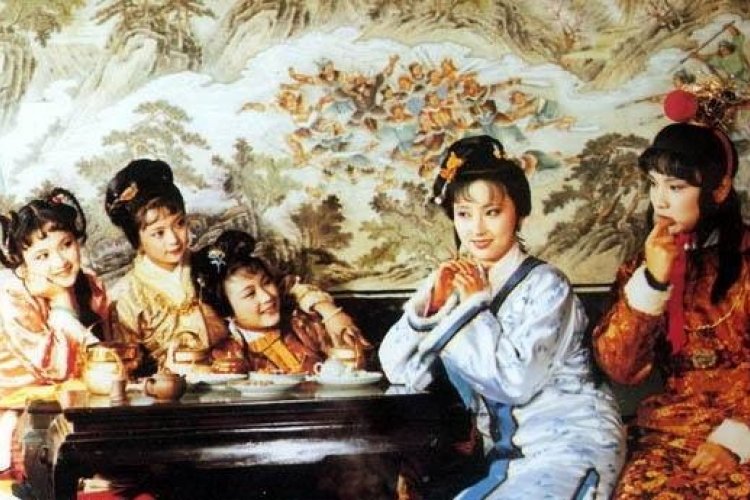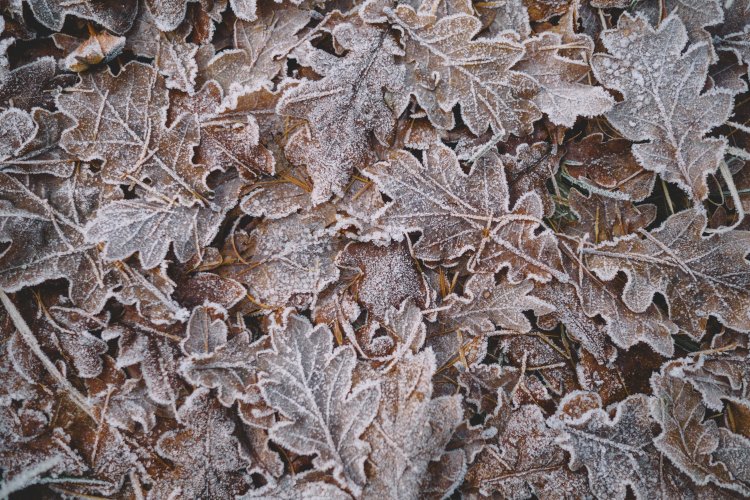Ever Seen These Mounting Stones in Beijing's Hutongs?
Beijing is a city that has witnessed both the destruction and renovation of the hutongs over the years. With the rise of ambitious skyscrapers and soaring apartment blocks, it can be hard to find traces of the hutongs outside the Second Ring Road, save for a few key spots.
Amidst what remains of the ancient hutongs lie markers of a bygone era that truly show the old spirit of Beijing: mounting stones. Easily mistaken for insignificant stone blocks, mounting stones, also called 上马石 shàng mǎ shí in Chinese, are living fossils that document the glory days of long forgotten times.
Mounting stones originated in the Qin (221-206 BCE) and Han (206 BCE-220 CE) dynasties. According to historical records, people often struggled with getting on horses due to their height in the past, so such stones were invented to facilitate an easier way to mount a horse. Legend has it that Wang Mang (43 BCE-23 CE), a Han Dynasty official and founder of the short-lived Xin Dynasty, found it difficult to mount and dismount his horse due to his height and even fell down once when he tried to dismount, which was of course very embarrassing. So, he ordered his men to carry a mounting stone wherever he went. After the Qin and Han, the tradition of having a mounting stone in front of your house continued.
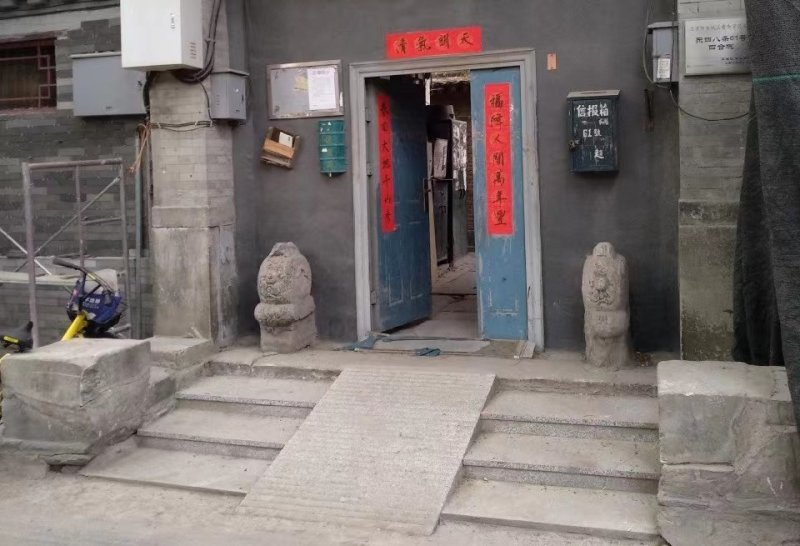
In the Ming (1368-1644) and Qing (1644-1912) dynasties, mounting stones became particularly popular because a Qing dynasty law required that officials must ride horses when going out, especially Manchu officials, as a way to distinguished their priviledged status as members of the Qing imperial banner system. Whenever these people went out, their servant would walk the horse up to the stone and with the help of it, the master could easily place his feet on the stirrup and mount the horse's back.
Mounting stones are normally L-shaped and have two steps. The first step is about 30 centimeters high, and the second step is about 60 centimeters high. The stones, usually weighing about 1000 kilograms, are usually made from white marble or blue stone. While the majority of the stones look plain and don’t have much decoration, some of the stones have exquisite patterns carved on the surface.
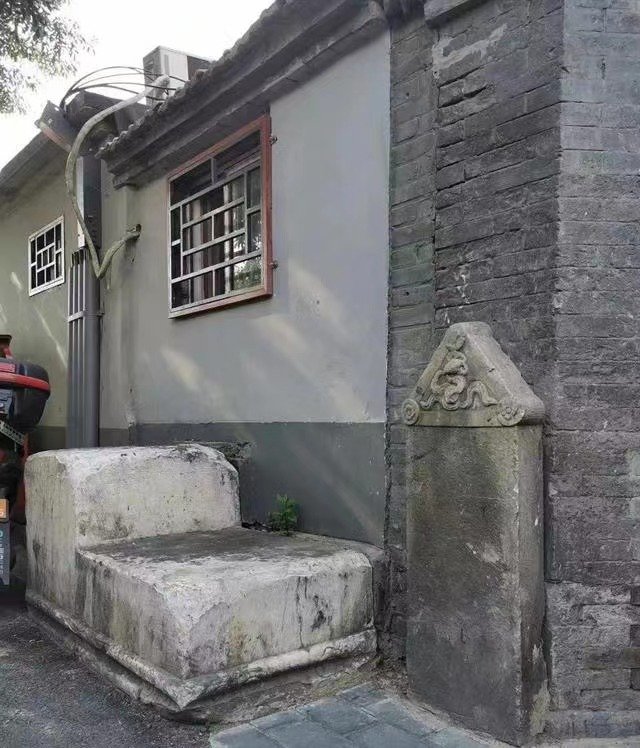
With the reconstruction and expansion of the capital, there are only a few mounting stones left as many hutongs have been torn down. In front of the courtyard at 7 Daxing Hutong in Dongcheng District lies a pair of mounting stones from the Ming Dynasty. You can see in the picture below that this mounting stone has limited damage and remains largely intact.
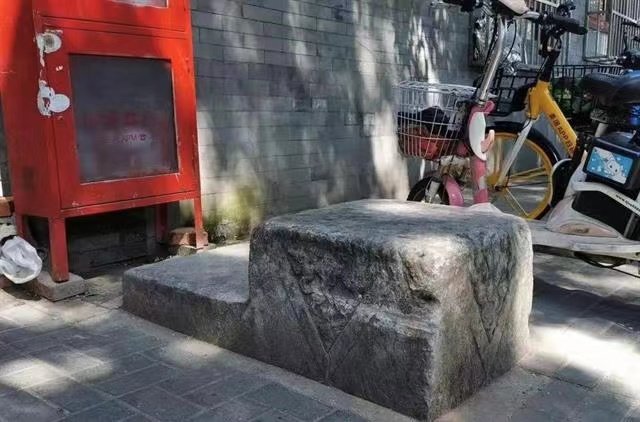
In the picture below you can see a small pair of mounting stones from the Qing Dynasty before the front gate of an old house in Qiangulouyuan Hutong in Nanluoguxiang. These stones still have their intricate patterns intact.
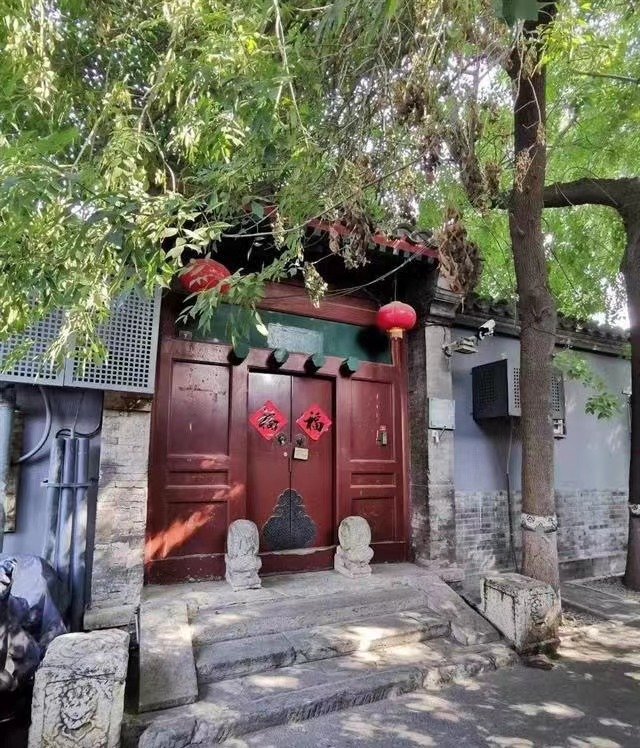
At 13 Heizhima Hutong stands an old house with a wide and bright gate and refurbished walls. Looking closely, on the both sides of the wall, one can still see mounting stones dating back from the Qing Dynasty. The mounting stones have survived intact for more than 300 years, making them a truly rare find.
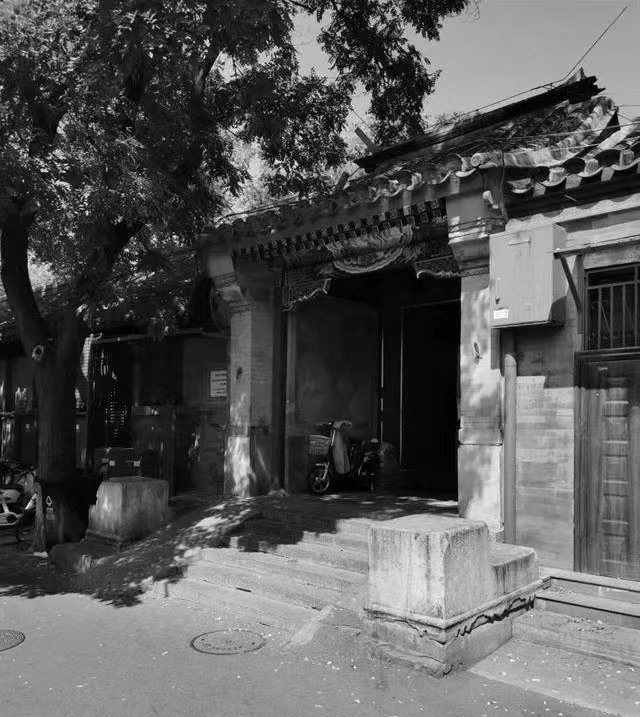
Have you seen any mounting stones around the hutongs in Beijing? Let us know in the comments.
READ: The Mystery of Beijing's Giant Mushrooms
Images: 京爷说事儿,Weibo, Jiangchenming via Beijing Daily




